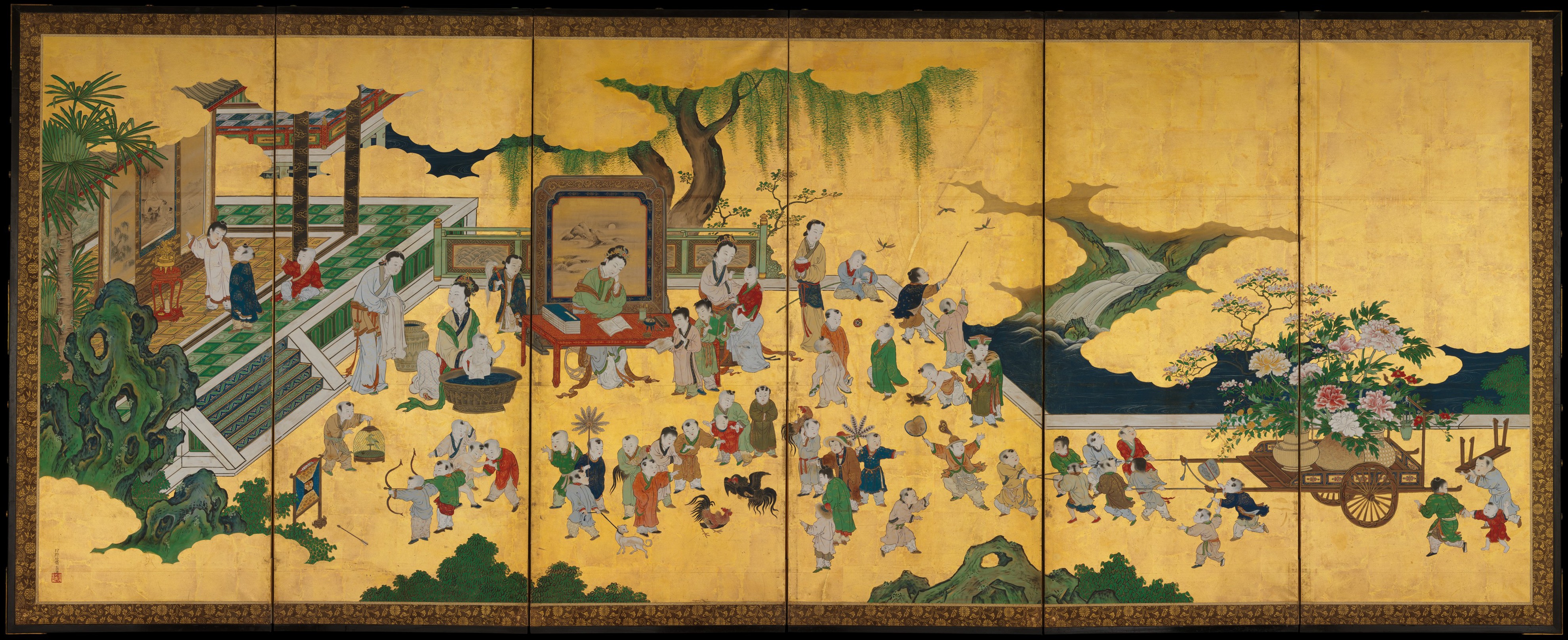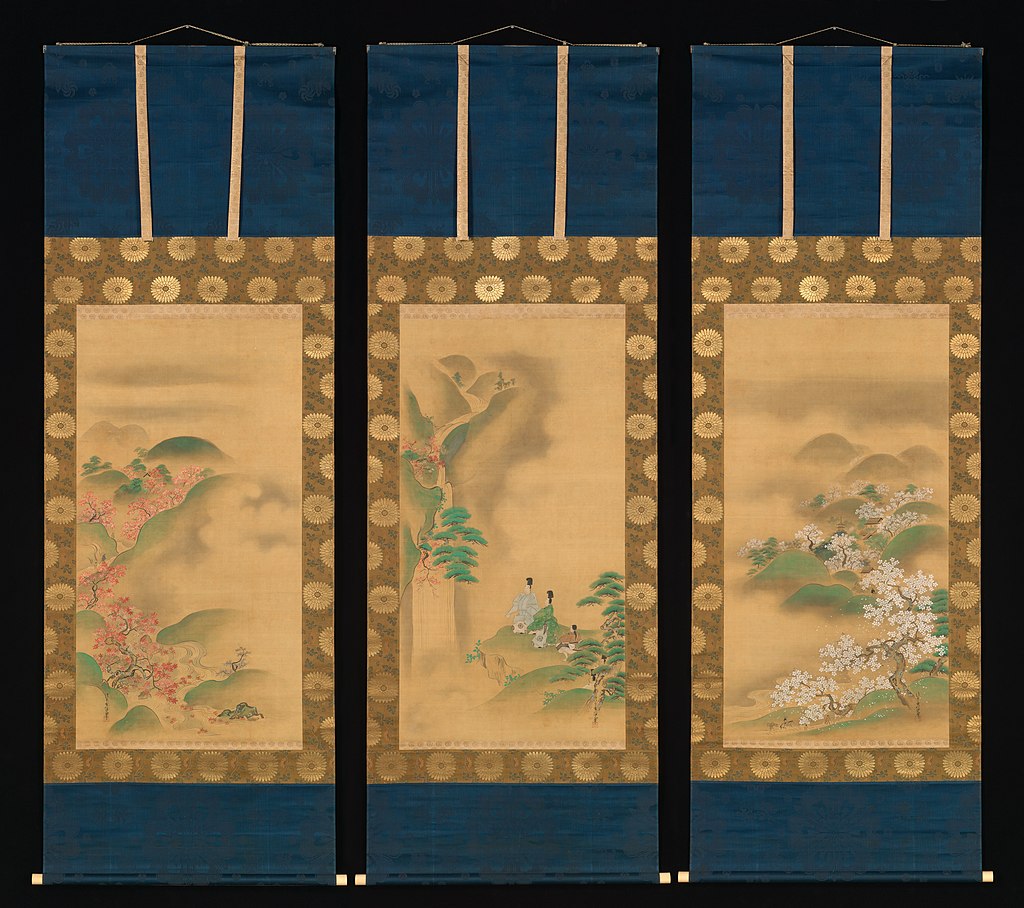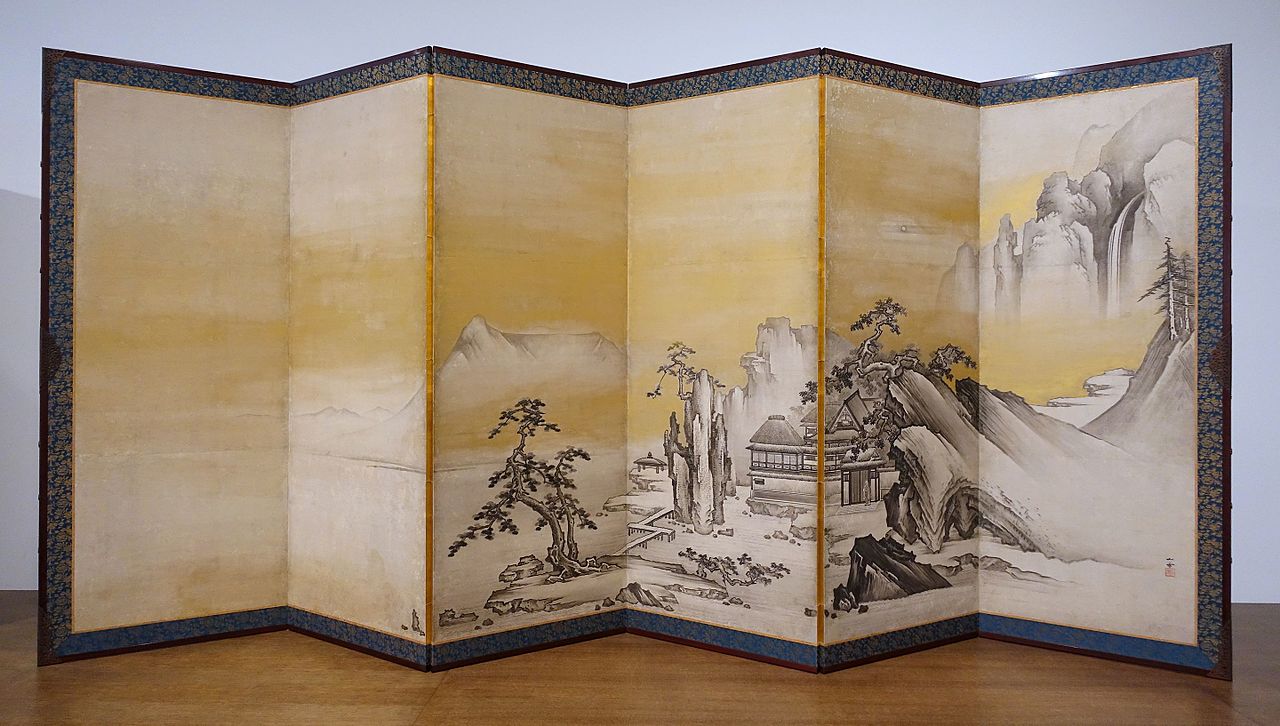
The history of the Japanese art school Kano dates back to the 15th century. The painter Kano Masanobu, whose paintings were popular among aristocrats and shoguns, combined the Chinese style with the yamato-e style (yamato-e), used ink, multi-colored paints and gold in his work. Kano Motonobu followed in his father's footsteps: he painted wall art with an expressive golden background. He gathered a large group of students and taught them painting. Among the followers of Kano Motonobu were his sons.
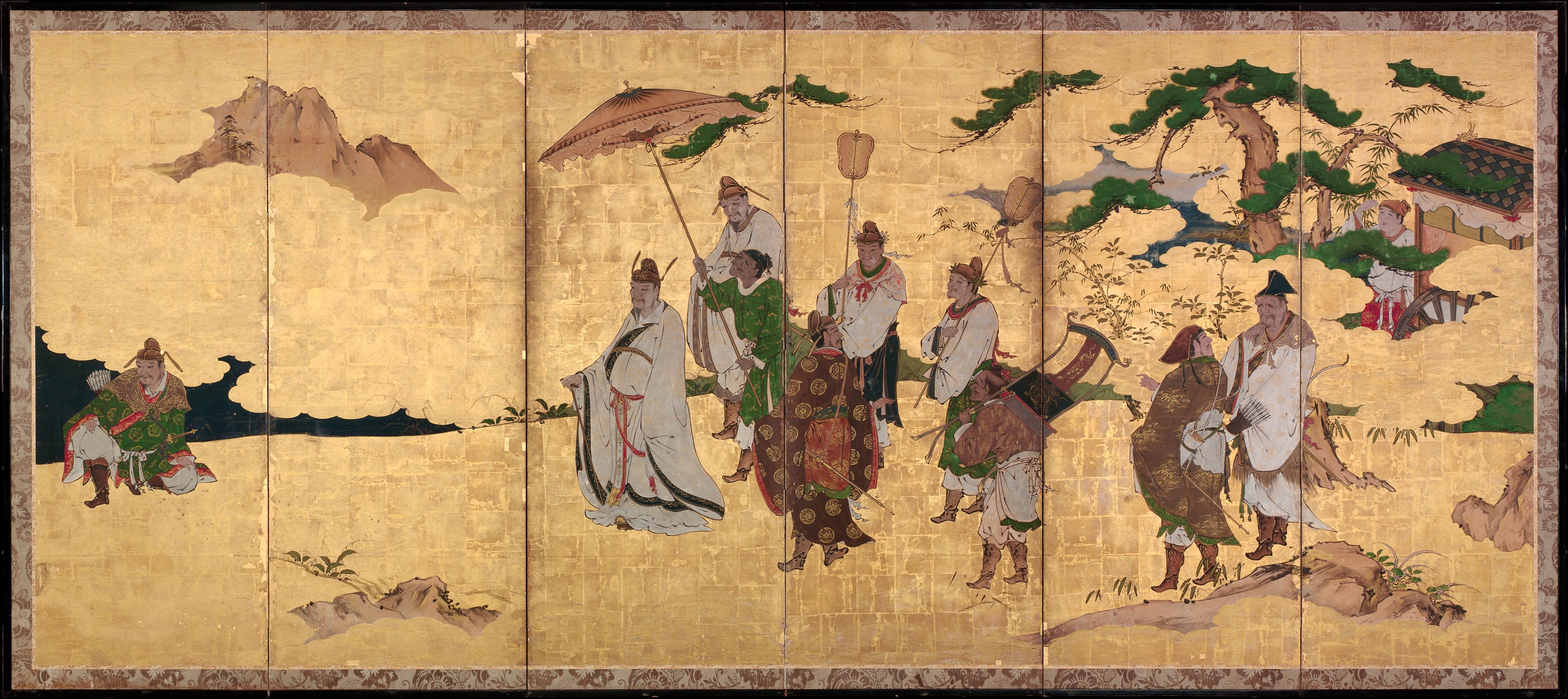
The nobility, which at that time came to power by military means, needed to be immersed in Japanese culture, previously concentrated in Buddhist monasteries. The aristocrats liked the sliding doors and large folding screens painted by Kano masters. Unfortunately, many examples of art have been lost due to fires that occurred during countless wars. Representatives of the next generations of Kano developed the style of the founder of the school, created monumental canvases with dragons, birds, landscapes.
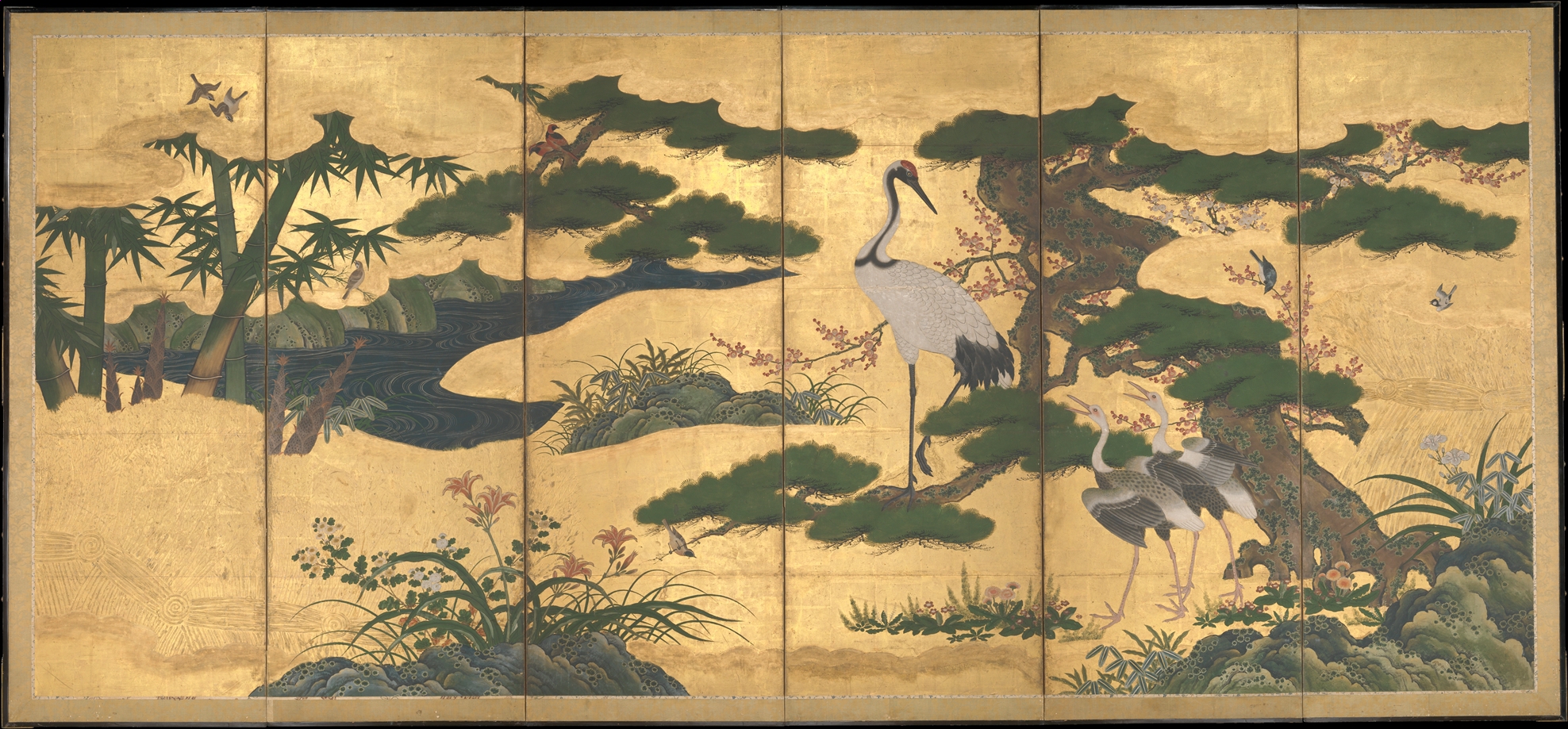
In the second half of the 16th century, Kano Eitoku painted pictures for castles, who used gold leaf to depict the background. Among his customers were military-political figures Oda Nobunaga and Toyotomi Hideyoshi. The artist painted ceilings and screens, most of which died during armed conflicts.
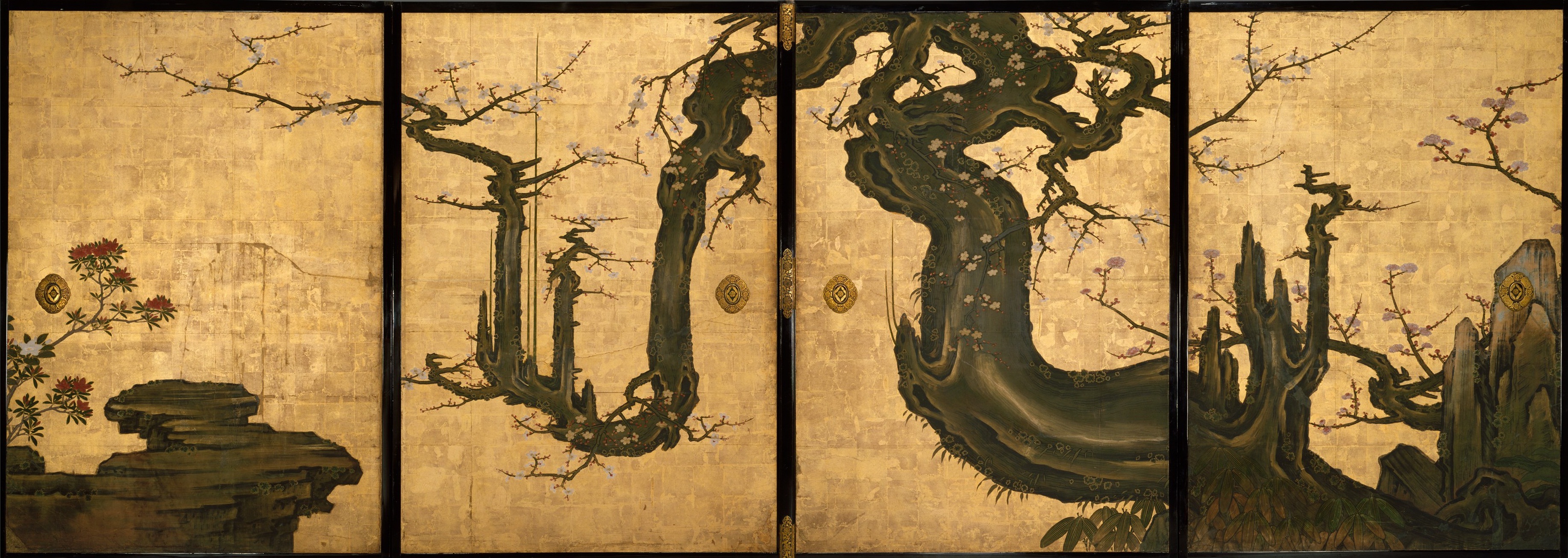
In the 17th century, the artists of Kano did not introduce drastic innovations in style. As the number of masters constantly grew, new branches of the school appeared in Kyoto and Edo (today's Tokyo). The creative potential of the Kano school lasted until the 19th century, then gradually began to fade, until the school ceased to exist. This was the impetus for the formation of new schools and trends in Japanese art.
